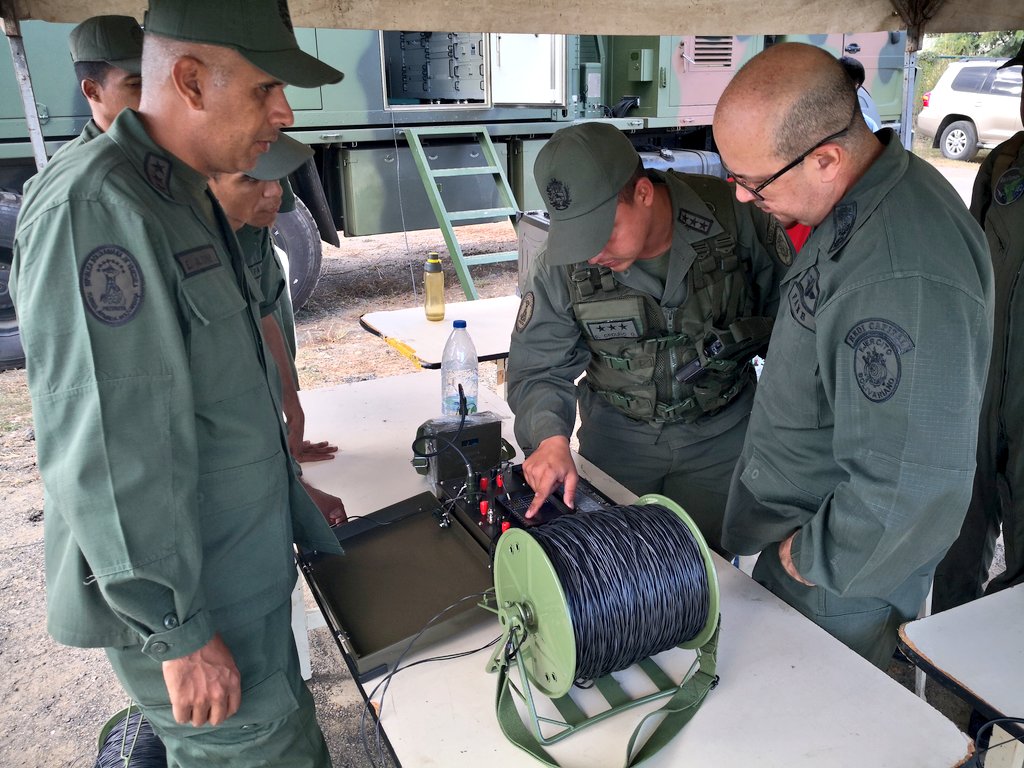The Army will acquire two Iron Dome batteries to provide ground forces an interim capability by 2020 against unmanned air vehicles, mortars, rockets, artillery and cruise missiles as well as explore full adoption of the Israeli-developed system for the Indirect Fire Protection Capability Increment 2-Intercept program and incorporation with the Integrated Battle Command System by 2023.
Army acquisition executive Bruce Jette notified Congress of the previously unreported decision in a 14-page report dated Oct. 26, 2018, effectively swapping out an AIM-9X II guided missile -- being developed since 2014 for ground launch from the IFPC Inc. 2 Multi-Mission Launcher -- for the Iron Dome system, which includes the Tamir interceptor.
"Based on an analysis of cost, schedule and performance, the Army [has decided to]: field two interim IFPC batteries of Iron Dome in [fiscal year] 2020, while concurrently componentizing a launcher and interceptor solution that are interoperable and integrated with the Army IBCS by FY-23," states the report.
...The service considered three options: Iron Dome, Norwegian Advanced Surface to Air Missile System, built by Kongsberg and Raytheon, and an improved variant of the IFPC Inc. 2 program of record.
Only Iron Dome could meet the 2020 goal, according to the report, NASAMS lagging in 2021 and the IFPC Inc. 2 variant lagging until 2023. The NASAMS unit launcher carried a $12 million price tag and each AIM-120 missile was $800,000 and could intercept cruise missiles and unmanned aircraft but not rocket, artillery and mortar fire, according to the report.
The new variant of the IFPC Inc. 2 interceptor, the Expanded Mission Area Missile, is the focus of an ongoing competitive development between Lockheed's Miniature Hit-to-Kill Missile, Raytheon's Accelerated Improved Intercept Initiative and the SkyHunter missiles. "All EMAM candidate interceptors require qualification, integration, and test prior to production and fielding in FY-23."
By comparison, the Iron Dome launcher cost $1.37 million, the battle management center cost $4 million, the radar $34.7 million and each Tamir interceptor, $150,000.
Looking to 2023, the Army plans to explore the "feasibility of a componentized launcher and interceptor for an enduring IFPC solution that leverages joint studies and experimentation between the Army and the Marine Corps," the report states.
"The Army plans to experiment with Army sensors and IBCS to determine the complexity of integration of the componentized launcher and the interceptor solution prior to making a final decision on the enduring solution," states the report. "The Iron Dome system provides the best value to the Army based on its schedule, cost per kill, magazine depth, and capability against specified threats."








